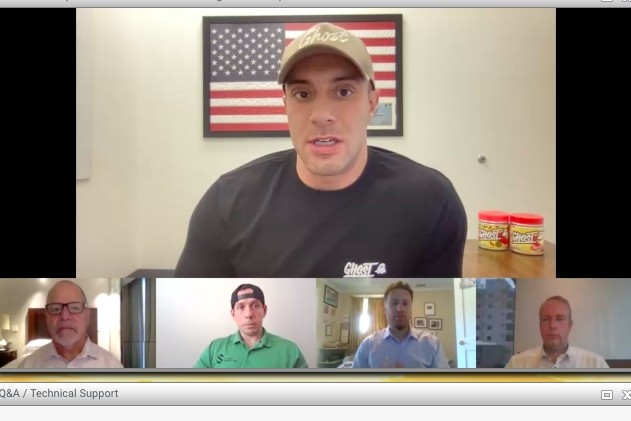Pieces in place for sports market to roar back from pandemic, panelists say

Among the participants in the panel were consultant Joshua Schall, brand owner Daniel Lourenco, attorney Ivan Wasserman and scientific consultant Ralf Jäger, PhD.
Schall said three aspects of the sports nutrition market have really jumped out to him as an analyst and consultant with more than a decade of experience in the space.
Flavor as a key market driver
Schall identified flavor innovation as a key concept. He also said new concepts for the merchandising of products, both online and in stores, is also having a marked effect. And he said low barriers to entry, often seen as a weakness of the supplements industry generally, is a good thing for the sports market as it brings new ideas into the space quickly.
Flavor innovation has been a huge change in the sports market from when he started as a business strategy executive with foundational brand MusclePharm.
Chocolate and vanilla were the mainstay flavors, and flavor in any case wasn’t seen as particularly important. In the early days it was something of a trial by fire experience. If you could hold up under the heavy workload required to really build muscle fast, and could stomach the not very pleasant products on the market, you could be part of the scene.
Schall said back in the day as an early avid consumer of sports nutrition products, he was less focused on the sensory experience and there were few companies making the products who were focused on it, either.
Flavor as a compliance aid
“I used to say, well, it works, so I’ll take it. As long as it works it doesn’t matter what it tastes like. That’s not the case any more. You are really looking for something that you enjoy taking every day, because if you have that consistency in your routine you really have a better chance of getting to your goals, whatever they are,” Schall said.
Now, Schall said, with so many good tasting products on the market consumers are looking for flavor notes that they used to and that might have pleasant associations.
“Consumers are going to want those products to taste very similarly to what they are used to consuming which are salty snacks or sugary beverages. So you have to have the taste of the sports nutrition products be within a similar spectrum,” he said.
Schall noted that in the past year the pandemic-induced closures of gyms caused some aspects of the market to struggle. Consumers are creatures of habit, and all those products where people were used to consuming them during a workout at a facility outside the home had a hard time.
But as with other aspects of the economy, the pre workouts and other suffering subcategories have come roaring back, Schall said.
“Most of those categories have come back to or above pre pandemic levels, where they were in 2019, so there hasn’t been a long term effect from the gyms being closed,” he said.
Building a broad based brand
Another participant in the discussion, Dan Lourenco, founder and CEO of Ghost Nutrition, said he and his cofounders were seeking to make sports nutrition products efficacious, but also welcoming, to extend their benefits to as many consumers as possible. The brand features a commitment to no proprietary blends, innovative favors, and attractive packaging.
“Back in 2015, when we started Ghost, the market was dominated by black and metallic packaging. And the marketing at the time was very holier than thou, at times misogynistic and definitely veins on veins,” Lourenco said.
“The idea for Ghost was instead fo creating a brand that was very specific — the science brand, the crossfit brand, the hardcore brand — why not build a brand for everybody. Internally we say, we formulate for the 1%, but we build the brand — the marketing, the message, the flavors — for the 99%.” he said.
On demand webinar
For more of Schall’s insights and those of the other panelists, you can register here to replay the webinar on demand.















